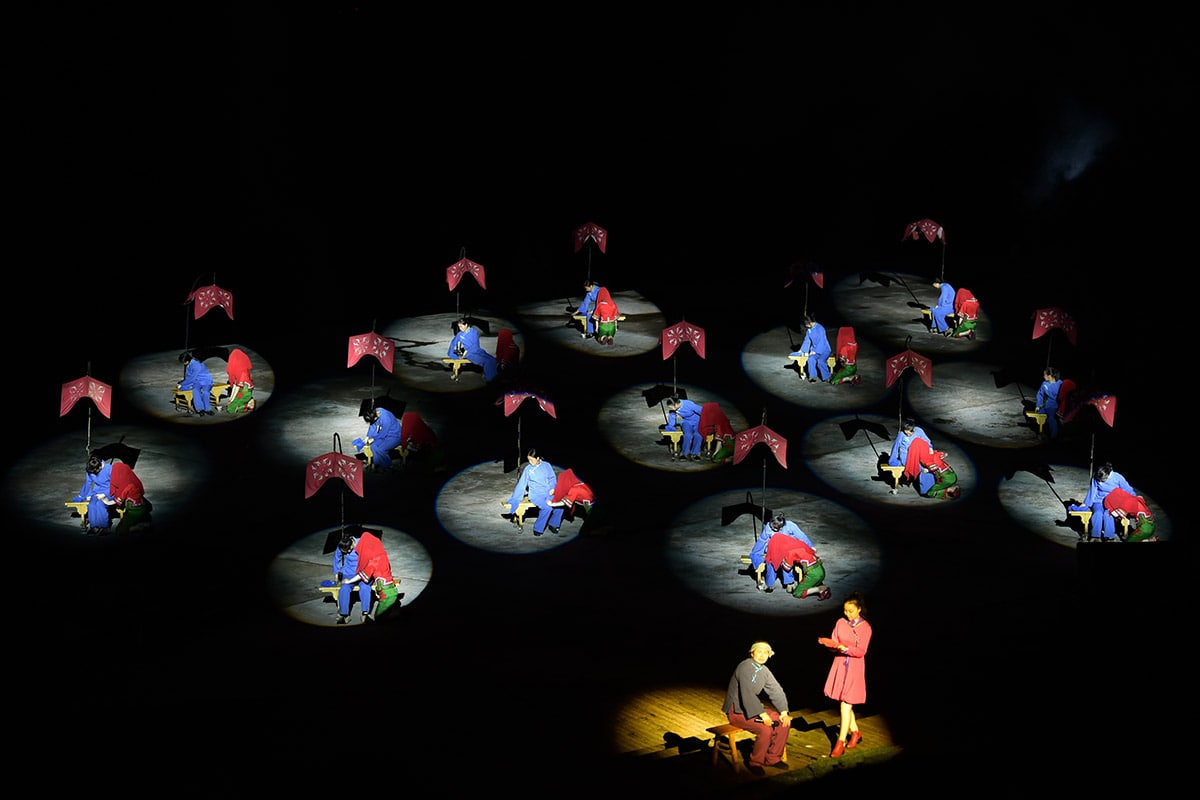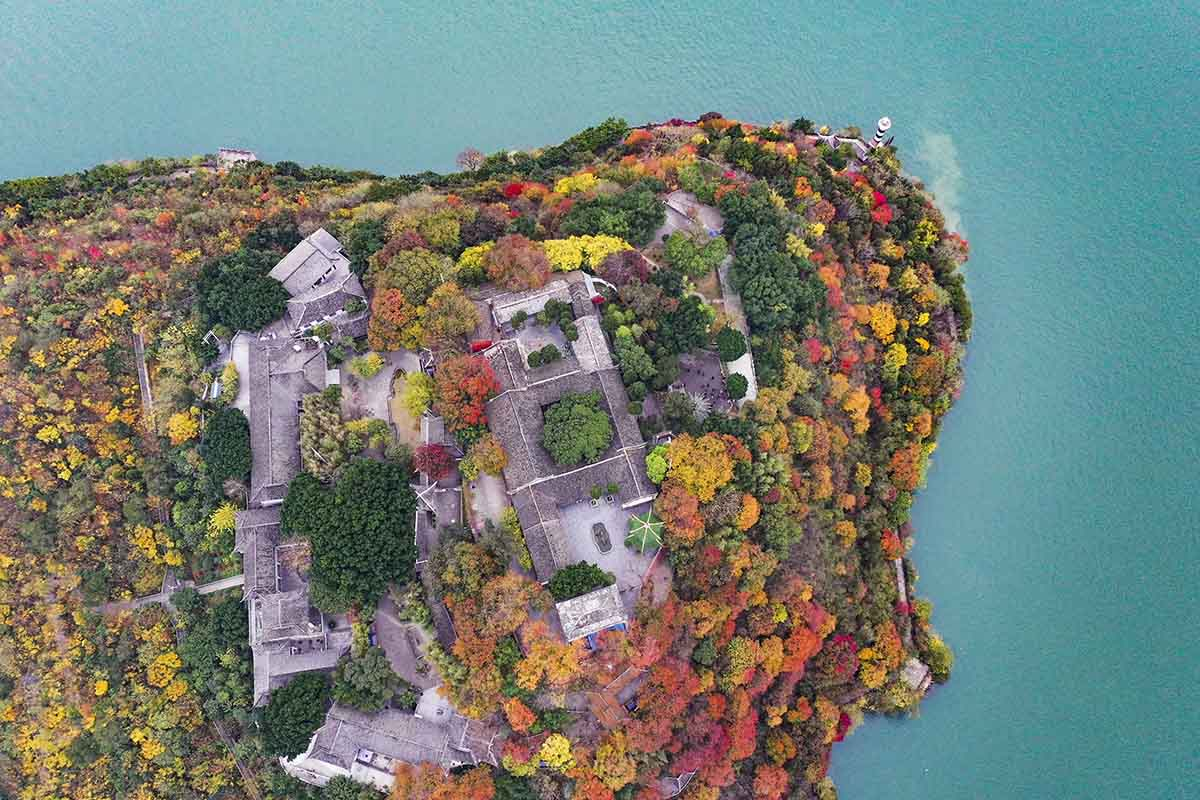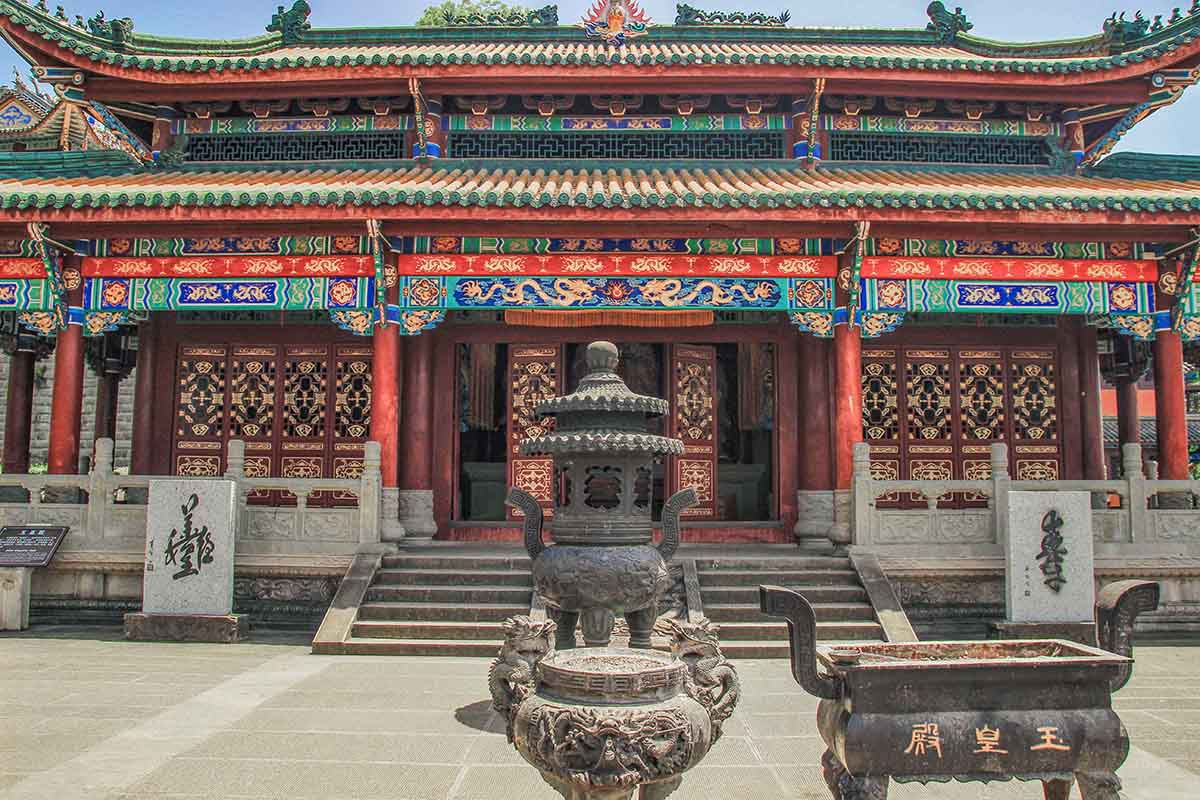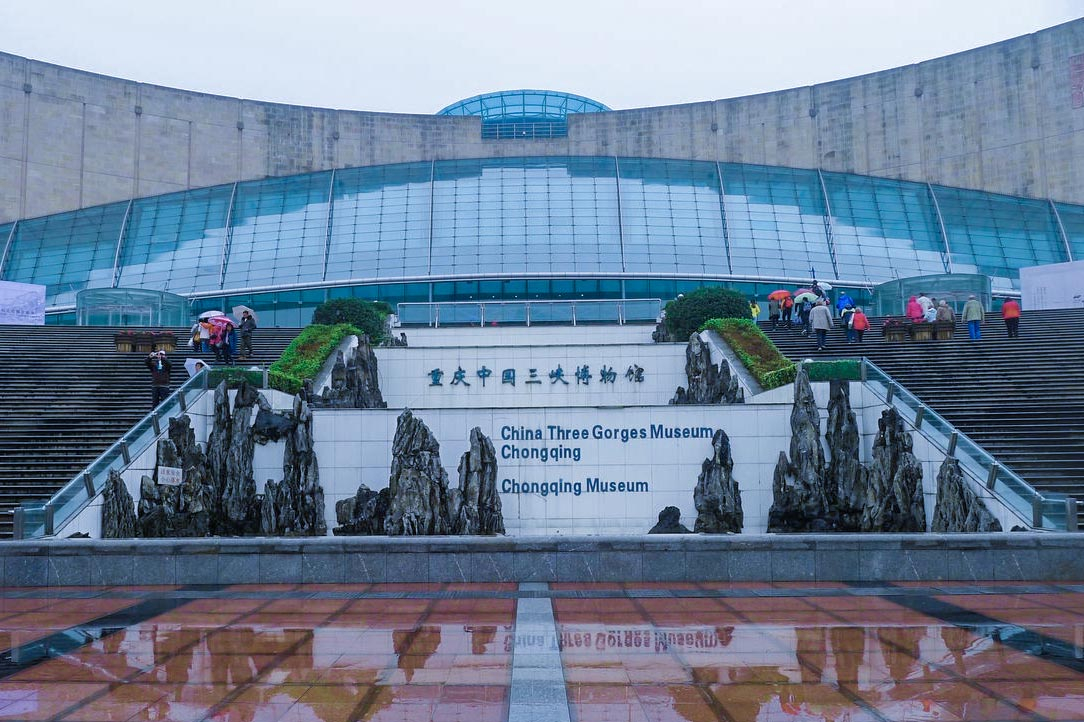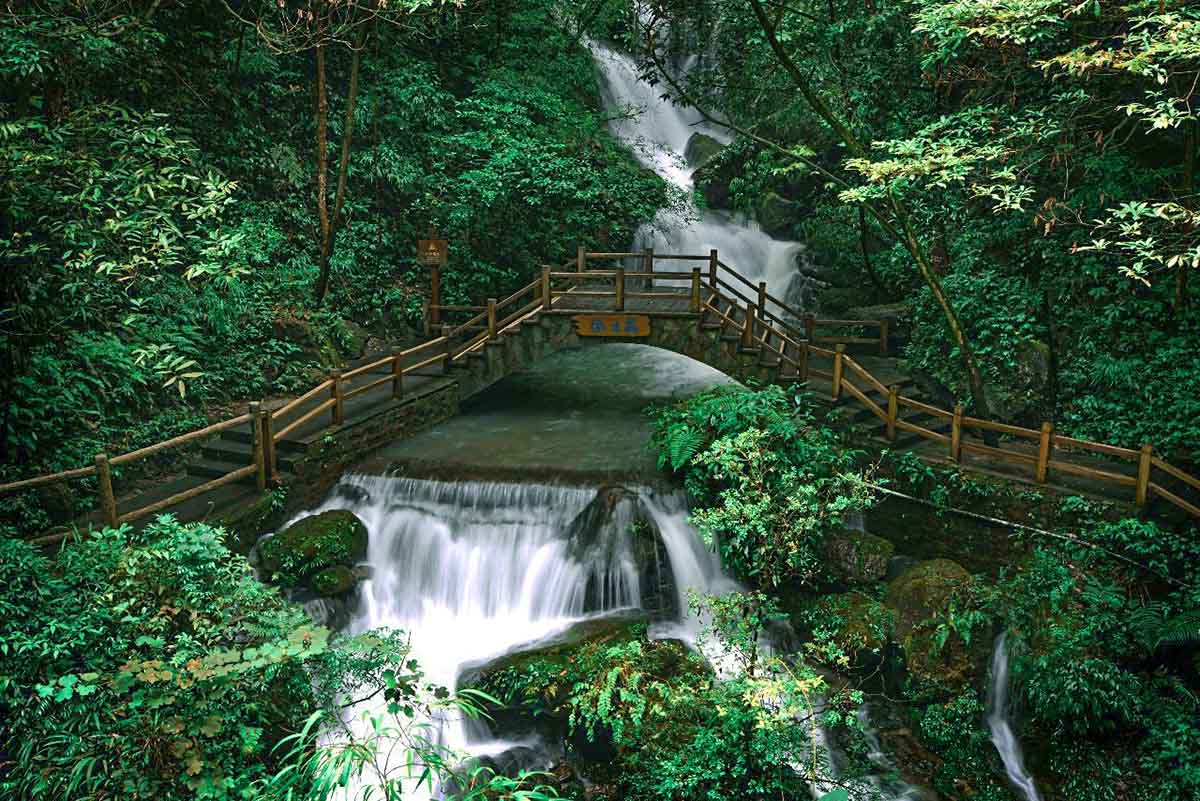Dazu Rock Carvings
Chinese Name: 大足石刻 (Da Zu Shi Ke)
Location: Baoding Town, Dazu District, Chongqing
Ticket: Baoding Hill Rock Carvings CNY115.00 Beishan Hill Rock Carvings CNY70.00 during Mar to Nov; Baoding Hill Rock Carvings CNY100.00 Beishan Hill Rock Carvings CNY50.00 during Dec to Feb.
Package ticket CNY140.00 during Mar to Nov, CNY120.00 during Dec to Feb.
Estimated tour time: 2-5hours
Recommended time to visit: whole year.
Nearby attractions: Ciqikou Ancient Town, White Residence Prison Site, Three Gorges Museum, Jinfo Mountain, etc.
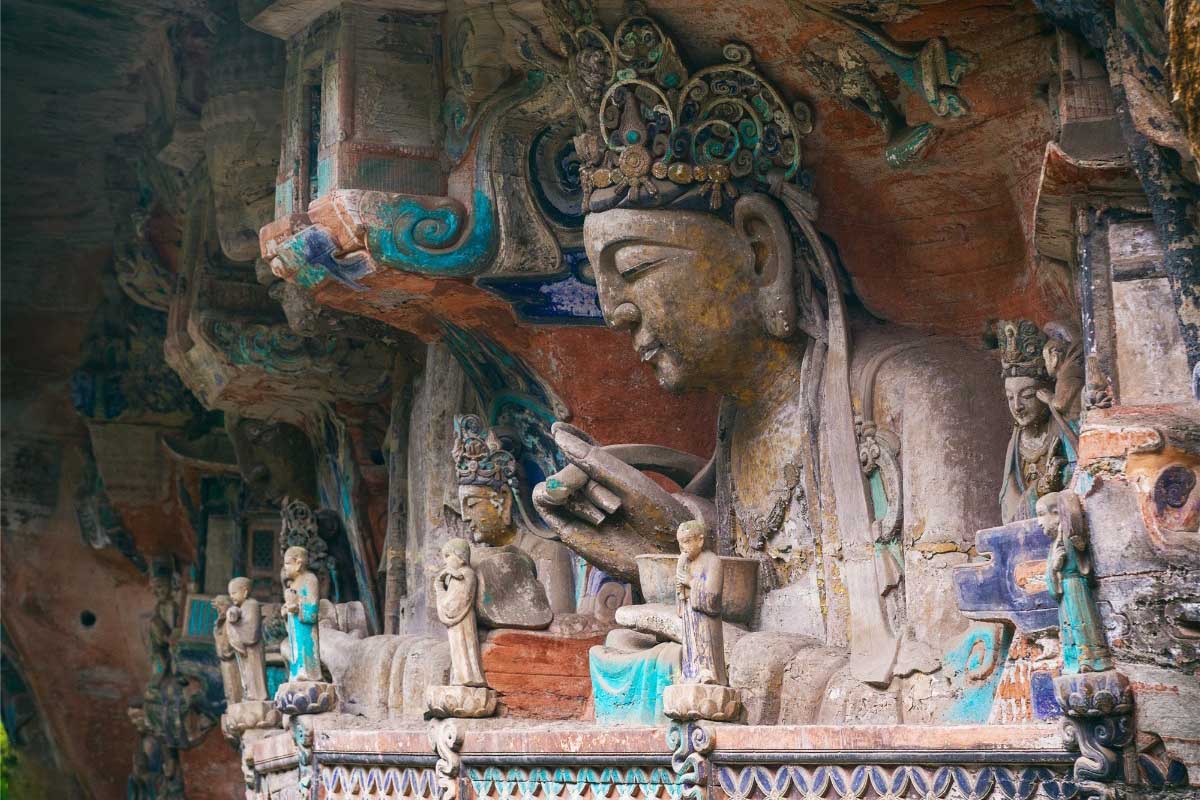
Dazu Rock Carvings, located in Dazu District of Chongqing was carved in the Tang, Five Dynasties and Song Dynasties, and was successively carved in the Ming and Qing Dynasties. It is now a world cultural heritage site and one of the eight grottoes in the world.
Dazu Rock Carvings are distributed in the southwest, northwest and northeast sectors of the county, a total of 23 places. There are 19 spots which are more concentrated such as those in Baoding Hill, Beishan Hill and so on. Among them, cliff statues on Baoding Hill are in the largest scale and the most beautiful. In addition to the Buddhist and Taoist statues, there are also statues of Confucianism, Buddhism and Taoism in the same caves hanging from the walls and the Buddhist statues account for the largest proportion. The Dazu Rock Carvings represent the highest level of the world grotto art from the 9th to the 13th century AD and are the last monument in the history of human grotto art. It shows the great development and change of Chinese grottoes art style in Tang and Song Dynasties from different sides, has irreplaceable historical, artistic and scientific value than grottoes in the early period. It is famous for its large scale, exquisite carving, diverse themes, rich connotation and well preserved. With the distinctive characteristics of nationality and life, it is unique in the Chinese grotto art. With a large number of physical images and written historical materials, it shows from different sides the significant development and change of Chinese grotto art style and folk religious belief from the end of the 9th century to the middle of the 13th century, making important contributions to the innovation and development of Chinese grotto art.
In December 1999, Dazu Rock Carvings represented by the "Five Mountains" of Baoding Hill, Beishan Hill, Nanshan Hill, Shimen Hill and Shizhuan Hill were inscribed on the World Heritage List by UNESCO, being the only world cultural heritage in Chongqing. Dazu Rock Carvings is now a national 5A(top) level tourist attraction, a national key cultural relic protection unit and one of the top ten cultural symbols of Chongqing.
Among the existing Dazu stone carvings, the earliest one was carved in 650 AD (the first year of Yonghui in the early Tang Dynasty) on the cliff of Jianshanzi, and only one was carved in Shengshui Temple in more than 200 years later. The statues of the early and middle Tang Dynasty in these two places have only 20 caves in total. After 885 AD, cliff statues are gradually flourishing.
In 892 AD (the first year of Jingfu Tang Dynasty), the Buddha statue was first carved in Beishan Hill. Until 907 - 965 AD, the carving of Buddha statues continued, forming the first upsurge in the history of Dazu Rock Carving. The grotto art originated from ancient India was introduced into China in the third century and formed two peaks of statue-building in northern China in the fifth and seventh centuries respectively (Wei, Jin and Tang dynasties). However, it declined in the middle of the eighth century (after the reign of Tang Tianbao). At this point, the cliff statues in Dazu County located in the Yangtze River Basin, rose to prominence. From the end of the 9th century to the middle of the 13th century, Dazu Rock Carvings represented by the cliff statues of "Five Mountains" were built, which formed another peak of statue making in the history of Chinese grotto art, thus extending the history of Chinese grotto art for more than 400 years. Since then, Chinese grotto art has stagnated, and no new large scale grottoes have been excavated in other places. Dazu Rock Carvings become the last monument in the history of Chinese grotto art construction.
Dazu Rock Carving is the general name for the 102 places about 50,000 cliff statues in Dazu District. The main content is Buddhism, followed by Taoism, the other statues are the unity of Buddhism and Taoism, the unity of Buddhism, Taoism and Confucianism, historical figures donors and more than 100,000 words of inscriptions, psalms in Buddhist sutra and so on.
● Highlights of Dazu Rock Carving
Baoding Hill Rock Carvings
Located 15 kilometers northeast of Longgang Street in Dazu District, Baoding Hill is 527.83 meters above sea level. The cliff statues of Baoding Hill were first carved in the Southern Song Dynasty. The surrounding rocks within 2.5 kilometers are covered with Buddha statues including the Big Buddha Bay and the Small Buddha Bay with Shengshou Temple as the center. With the Big Buddha Bay as the main body, followed by the Small Buddha Bay, distributed in the east, south, north three sides. There are more than 360 huge carvings, the most famous are the Picture of Transmigration in the Six Ways, the Pavilion of Extensive Treasures, the Three Sages and Guanyin with Thousand Hands.
The magnificent eastern Sichuan ancient temple Shengshou Temple is at the Big Buddha Bay, founded in the Southern Song Dynasty. Destroyed in wars in the Yuan and Ming dynasties, rebuilt in the Qing Dynasty. The building area is 1631.68 square meters.
The Big Buddha Bay is located in the lower left of Shengshou Temple shaped like a U mountain bay. The cliff surface is about 500 meters long and 8 to 25 meters high. The statues are carved on the cliffs in the east, south and north. All the images are illustrated and no one is repeated.
The Small Buddha Bay is located on the right side of the Shengshou Temple, sitting south to north. Its main building is a stone altar with a height of 2.31 meters, a width of 16.50 meters from east to west and a depth of 7.90 meters. The altar is built with stone walls and stone chambers, on which Buddha and Bodhisattva statues are carved.
Beishan Hill Rock Carvings
Beishan Hill cliff statues began to be carved in the late Tang Dynasty and ended in the Southern Song Dynasty. They are the largest stone carvings in Dazu Rock Carvings together with Baoding Hill Rock Carvings. They are located on Beishan Hill, 2 kilometers north of Dazu District. It's over 500 meters long, as the Big Buddha Bay as the center, throughout its surrounding five spots of Guanyin Slope, Ying Pan Slope, Foer Rock and Beita Temple. The rock height is about 7 meters along the cliff. From south to north they are shaped like a crescent moon and caves are like beehives. More than 5,000 statues were made. The statues are delicate and exquisite, with skillful craftsmanship. In addition to the ruins of some stele inscriptions, pagodas and shallow caves, the rest are well preserved.
- HOTEST
- RECOMMEND
